Yihua Hotel
0m 1229 2024-04-07
76, Jeollagamyeong-ro, Wansan-gu, Jeonju-si, Région Jeonbuk
+82-63-284-6699
As a three-story building with a basement floor, Jeonju Yihua Hotel is located in Jeon-dong in the eastern part of Jeonju Hanok Village. It's a medium-sized hotel with 26 Suite, Standard Double, Standard Korean-style, and Deluxe Twin rooms. The room rates are reasonable for both tourists and business travelers. The front desk lobby is on the 1st floor, and the rooms are on the 2nd and 3rd floors. Facing the front desk are a computer with Internet connection and a printer as well as a microwave oven. The 1st floor of the hotel is rented to a cafe named "Turista," which is popular for its brunch. Many guests staying at Yihua Hotel have brunch here before taking a tour of Jeonju. Nearby tourist destinations include Gyeonggijeon Shrine, Jeondong Catholic Cathedral, Jeonju Hanok Village, JIFF (Jeonju International Film Festival) Street, and Pungpae Jigwan (Jeonju Inn). The Gyeonggijeon Shrine, Jeonju JIFF Street, and Pungnammun Gate are 3 minutes, 5 minutes, and 3 minutes away from the hotel on foot, making it a popular place to stay among Korean and foreign tourists.
Deokindang
54.22025518485533m 942 2024-04-07
28-3, Pungnammun 3-gil, Wansan-gu, Jeonju-si, Région Jeonbuk
063-282-6336, 010-5654-3554
Deokindang is located across from the west street of Jeonju Hanok Village. The guesthouse is surrounded by low walls, inside of which there are grass yard, stone pavement, and four traditional houses with three guestrooms, which are called the Large Room, Small Room, and Kitchen Room. Here, the "Kitchen Room” is not actually a kitchen, but a kitchen turned into a bedroom. The Large Room in the center of the main building can accommodate up to 8 people, making it a perfect place to stay for a large family. It’s furnished with thin, white calico sheets, which are very soft to the touch.
Situated on the outskirts of Jeonju Hanok Village and yet very close to Gyeonggijeon Shrine, Jeondong Catholic Cathedral, Nambu Market, and Jeonju Pungpae Jigwan (Jeongju Gaeksa. Treasure No. 583), the guesthouse is quiet and conveniently located as well for those taking a tour of Jeonju. The owner of Deokindang also owns another guesthouse called Su House, so the guests of Deokindang can have access to the Community Room of Su House.
Hankookjib (한국집)
119.82036954750959m 14711 2024-04-07
119, Eojin-gil, Wansan-gu, Jeonju-si, Région Jeonbuk
+82-63-284-0086, 2224
Hankookjib literally means 'Korean house.' The restaurant serves Jeonju bibimbap, kongnamul haejangguk (spicy bean sprout soup), sagol gomtang (thick beef bone soup), doenjang jjigae (soybean paste stew), and samgyetang (ginseng chicken soup). Many well-known figures, including former presidents of Korea, have been sited as enjoying the authentic Jeonju bibimbap here.
Musée des portraits royaux (어진박물관)
178.79587672356888m 16770 2024-04-24
Taejo-ro 44, Wansan-gu, Jeonju-si, région Jeonbuk
+82- 63-231-0090
[Temple Gyeonggijeon; le lieu où est conservé le portrait du roi Taejo]
Ouvert le 6 novembre 2010, le musée des portraits royaux est l'une des toutes nouvelles attractions touristiques de la ville de Jeonju, situé dans le palais Gyeonggijeon. Le musée constitue ainsi une ressource documentaire importante à la fois pour la ville de Jeonju tout comme pour le temple Gyeonggijeon qui renferme le portrait du roi Taejo. Le musée qui se compose d'étage en sous-sol et en surface occupe une surface de plus de 1000m2. On peut y apprécier le portait de 6 rois en Corée en plus du portrait du roi de Taejo. Depuis son ouverture, le musée vise à devenir une place centrale pour la vie culturelle de la région. Le musée propose également diverses activités pour se familiariser avec la culture de la royauté en Corée.
Promenade avec roi (전주 한옥마을 경기전 '왕과의 산책')
178.79587672356888m 5478 2024-04-07
44, Taejo-ro, Wansan-gu, Jeonju-si, Région Jeonbuk
+82-63-232-9938
Le programme "Promenade avec roi" se déroule tous les samedis soirs à Gyeonggijeon. Il s'agit d'une nuit spéciale prévue pour 100 personnes à chaque séance ! Vous pouvez faire l'expérience de la vie sous la dynastie de Joseon sous la lumière de la lune tout en prenant une tasse de thé. De la musique et des guides vous accompagneront également pendant votre visite.
Voyage nocturne à Jeonju (전주 문화재야행)
182.087764817162m 6653 2024-04-07
44, Taejo-ro, Wansan-gu, Jeonju-si, Région Jeonbuk
+82-63-232-9937
<Le voyage nocturne à Jeonju (Jeongjuyahaeng, 전주야행夜行)>
Ce programme vous permet d'apprécier les centaines de hanok du village de Jeonju et ce au clair de lune. Le voyage nocturne à Jeonju permet ainsi d'apprécier les principaux patrimoines culturels de la ville de Jeonju. Ce programme vous permet de découvrir les histoires cachées de la ville de Jeonju et son patrimoine culturel dans sa globalité.
Sanctuaire de Gyeonggijeon (경기전)
215.94926586671002m 6382 2024-04-08
44, Taejo-ro, Wansan-gu, Jeonju-si, Région Jeonbuk
+82-63-281-2790
Le sactuaire de Gyeonggijeon a été élevé en 1410 pour abriter le portrait du roi Taejo, fondateur de la dynastie Joseon. Ce lieu saint comporte Jinjeon où se trouve le portrait, et Jogyeongmyo abritant les plaques commémoratives de Han Lee et de sa femme, ancêtres de la famille royale Lee de Jeonju. Détruit en partie durant l’invasion des forces japonaises (1592-1598), le Gyeonggijeon qui existe actuellement a été rénové en 1614.
Festival Daesaseup de Jeonju (전주대사습놀이전국대회)
219.94251725497472m 925 2024-04-07
151-9, Jeonju MBC Hall, Junghwasandong 2-ga, Wansan-gu, Jeonju-si, Région Jeonbuk
- Ligne info Tourisme +82-63-1330 (coréen, anglais, japonais, chinois) - Pour obtenir plus d'info +82-63-252-6792 (coréen)
Daesaseup origine de la musique pansori qui est apparu à l'époque du règne du roi Yeongjo's (dynastie Joseon) et a été transmis jusqu'à aujourd'hui. Le Festival de Jeonju Daesaseup remonte à l'époque où les artistes en circulation de tout le pays ont été invités à un festival de la chanson toute la nuit à la veille du solstice d'hiver. Pour participer ce festival, les chanteurs doués de tout le pays se réunissent.
Porte Pungnammun (전주 풍남문)
237.2612999228913m 5395 2024-04-08
1, Pungnammun3(sam)-gil, Wansan-gu, Jeonju-si, Région Jeonbuk
+82-63-287-6008
La porte Pungnammun a été construite dans le milieu du royaume de Jeoson (1768) et désignée trésor national no 308. Des 4 portes originales, c’est la seule qui reste (dans la partie sud de la ville). Sa structure a été partiellement détruite lors de l’invasion des forces étrangères de 1592 à 1598. Et a été reconstruite en 1978. Jungcheung et mullu sont au centre de la porte, épousant la forme de l’arche. Ces formes particulières forment le symbole du potentiel protecteur de la porte Pungnammun tout comme ils forment le symbole de sa grandeur.
Fine day [Korea Quality] / 좋은날 [한국관광 품질인증]
239.3258715605905m 7981 2024-04-07
37-7, Jeondongseongdang-gil, Wansan-gu, Jeonju-si, Région Jeonbuk
+82-10-2607-3326
Good Day is a traditional Korean house situated in Jeondong Catholic Cathedral Street in Wansan-gu, Jeonju, Jeollabuk-do. It was originally built in 1942 and remodeled in 2011 as a guesthouse by the current owner. The guesthouse has most of the features of a traditional Korean house still intact, but with modern amenities added for the comfort of the guests. The floor, walls, and ceiling are coated with red clay, and the ceiling rafters are visible as in most traditional Korean houses. Many guests say that sleeping in a room made of these natural materials helps them relieve fatigue. The rooms are well-insulated and warm for the cold winter days. The guesthouse is close to Gyeonggijeon Shrine, which enshrines a portrait of Taejo Yi Seong-gye, the first king of Joseon, and is conveniently located for those wishing to take a tour of Jeonju Hanok Village featuring hundreds of traditional Korean houses, Omokdae, and Jeondong Catholic Cathedral. In addition to these tourist attractions, there is also a traditional marketplace called Nambu Market with lots to eat and see. The guesthouse owner named it "Good Day" because he wishes all his guests to have a good day during their stay. He decorated every corner of the guesthouse with this in mind. The grass yard and colorful garden are beautiful throughout the seasons. The garden includes a mix of wild flowers, pine nut trees, fig trees, pomegranate trees, grape vines, and jujube trees. The “toetmaru (open living room with wooden floor)" right in front of the garden is also decorated with small flowerpots. The “toetmaru” is the most popular place among the guests because it’s a great place to enjoy the sun and breathe in the scent of flowers. On a rainy day, you can hear the raindrops falling down the eaves. There are six guestrooms at the guesthouse, named "Spring Waltz,” “Summer Tiffany,” “Autumn Pomegranate,” “Winter Festival”, "Sunshine", and "Welcome." The ceiling rafters are visible in all the rooms as in most of traditional Korean houses. The rooms are furnished with TV, refrigerator, and air conditioner. The bathroom comes with shower booth and bidet. People of different age groups come to stay at this guesthouse, and most of them say the guesthouse is clean and comfortable to stay in, thanks to the owner who sun-dries the sheets and blankets on the rooftop, cleans the rooms, and cultivates the garden every day of the year to make sure that the guests can have a comfortable, memorable stay. The guesthouse is conveniently located near a number of tourist destinations as well.
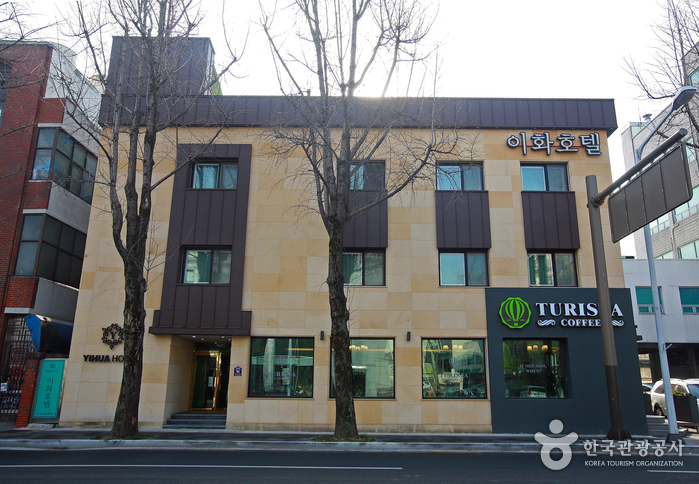
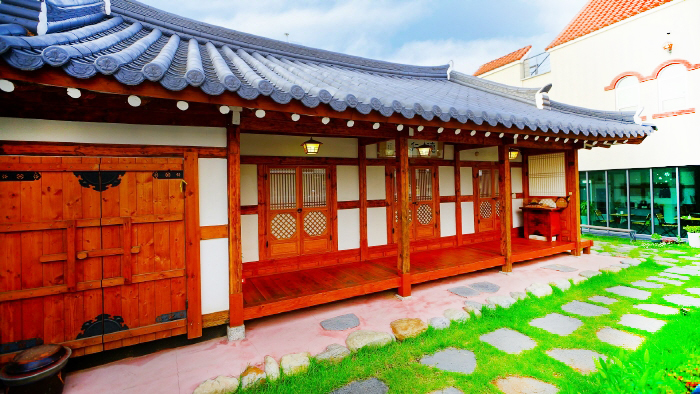
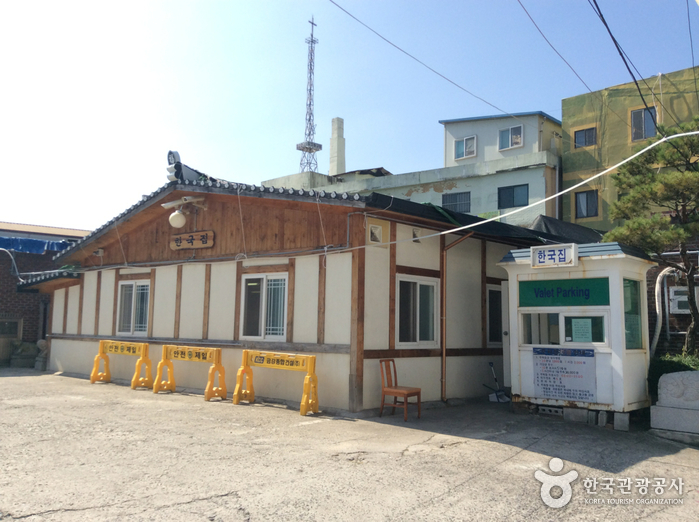

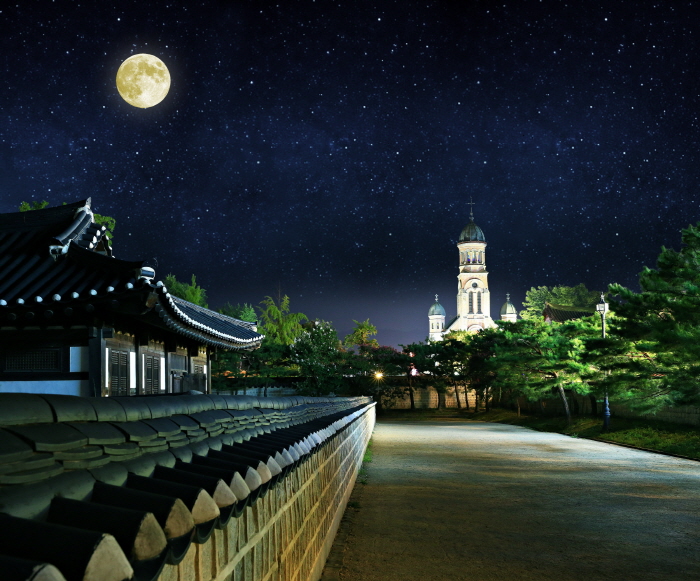
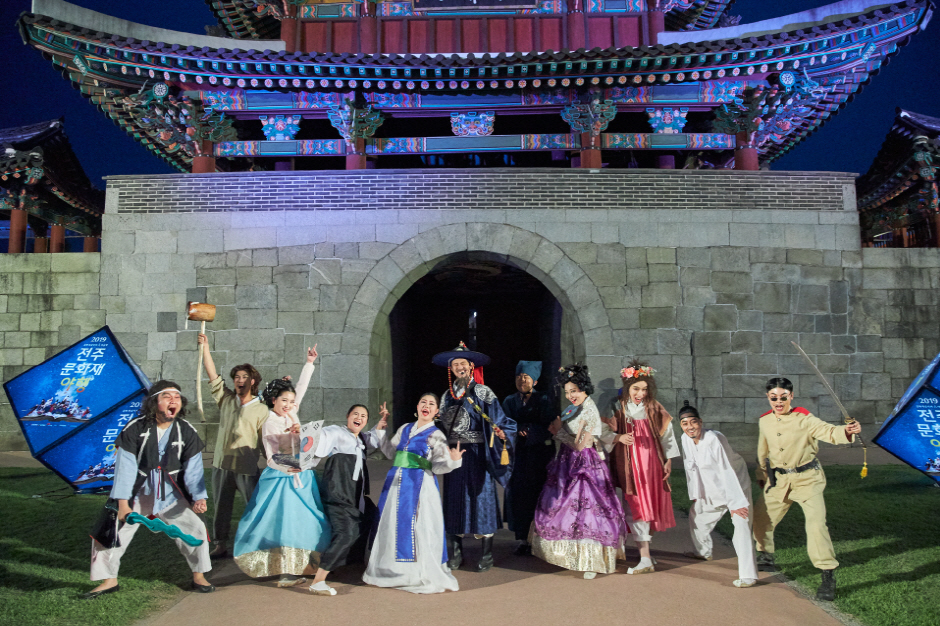

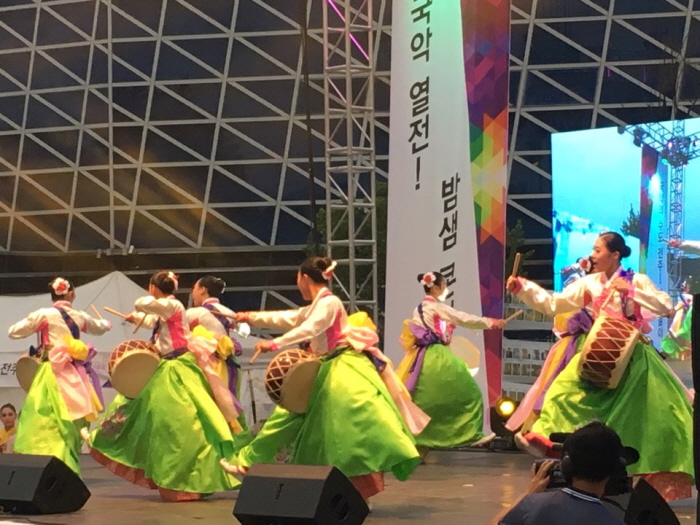

![Fine day [Korea Quality] / 좋은날 [한국관광 품질인증]](http://tong.visitkorea.or.kr/cms/resource/89/2597389_image2_1.jpg)
 Français
Français
 한국어
한국어 English
English 日本語
日本語 中文(简体)
中文(简体) Deutsch
Deutsch Español
Español Русский
Русский